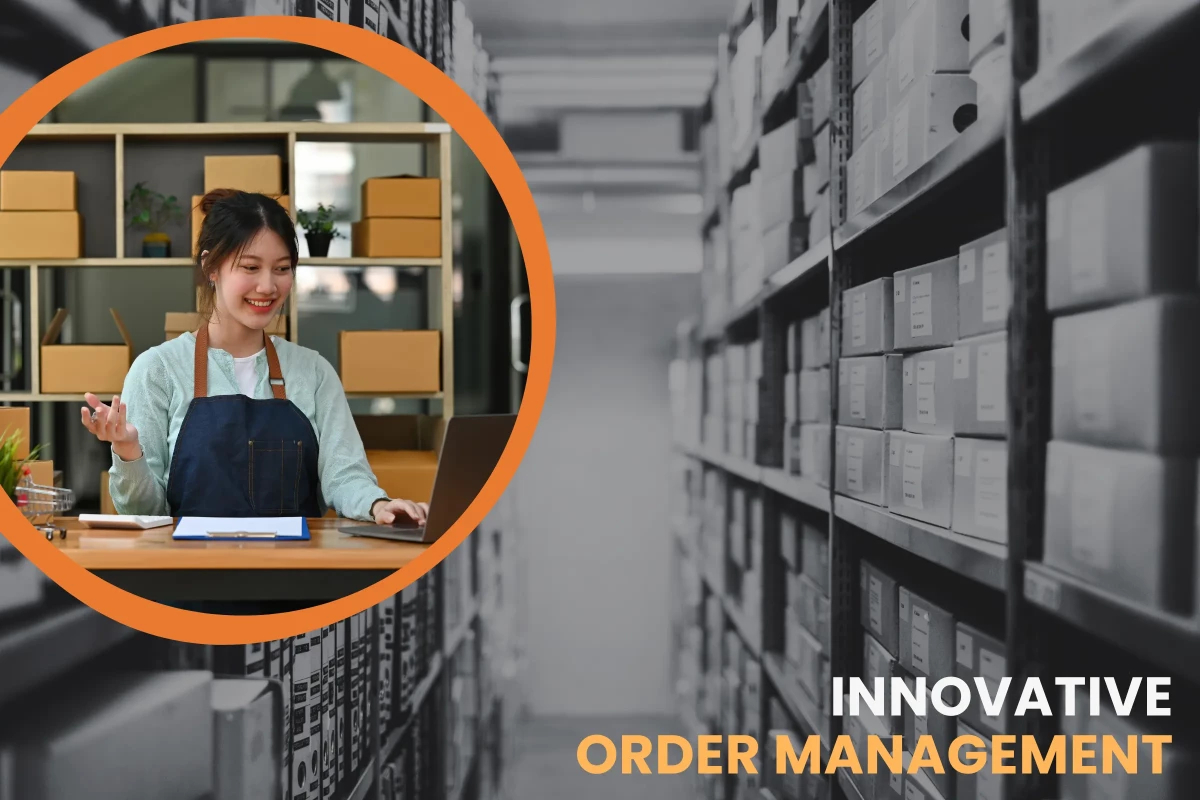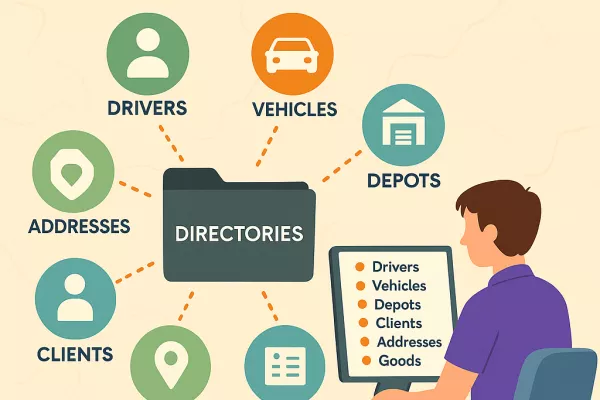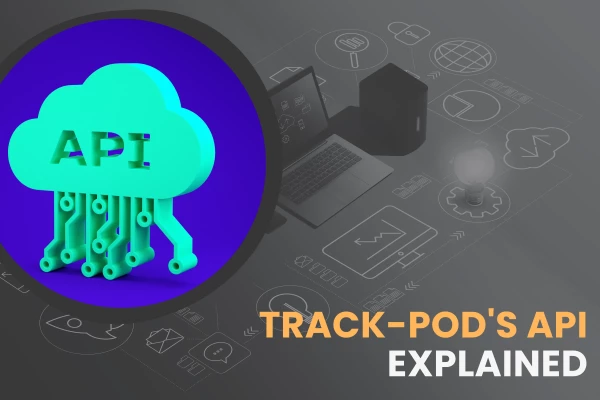Innovative Order Management: the 2024 Update

by
Jennifer Collins
April 16, 2024
Order management encompasses the processes that occur once a customer orders and the time they receive their products. Hopefully, it will end there, and the customer will be happy with their order.
However, many products are returned in the real world for various reasons: damages, incorrect specifications, or oversupply. Innovative order management systems must also manage these returns, noting their reasons, organizing pickups from remote locations if necessary, and crediting the customer.
For smaller companies, the order process is reasonably straightforward, but dealing with large orders can become quite complex when it comes to wholesalers and retailers.
There may be stock shortages, or customers may request split deliveries between deliveries between their many retail branches. Sometimes, stock items have serial numbers that need to be tracked for sales purposes, as well as possible returns.
This is where it becomes necessary to have a system to keep track of everything: large orders, inventory transactions, financial entries, and delivery of goods.
Business statistics predict a worldwide increase in total revenue at 11.2 percent between 2022 and 2027, reaching a figure of US$4.62 billion. These figures imply stronger competition, a need for innovation, and increased utilization of technology if companies are to remain competitive in the marketplace.
What are order management systems (OMS)?
An order management system facilitates the entry of the customer’s order into a database, allocates inventory to the order, processes the inventory transaction, and initiates delivery to the customer.

What are OMS systems?
A simple order process has the following steps:
- The salesperson enters the customer number and confirms their delivery address.
- The salesperson adds the inventory to the order with the required quantities.
- An order number is generated.
- The inventory is allocated to the order, and the picking process is initiated.
- Warehouse staff pick and pack the products.
- The OMS produces a delivery note, and an invoice is generated in the system.
- The products are loaded onto a truck and delivered to the customer.
- The customer accepts the products and signs a proof of delivery document, fed back into the OMS database for invoicing purposes.
- Once proof of delivery is confirmed, the customer will receive an invoice.
- Payment of the invoice is recorded in the financial system.
Most OMS systems are designed to create orders, handle inventory, and record financial transactions via integration with an economic system.
Order creation involves checking customer details and creditworthiness, capturing stock items and quantities requested, and allocating the stock to the order. A unique order number is generated.
Inventory management facilitates picking the stock, producing a document, and delivering the products to the customer.
Proof of delivery is obtained and captured in the system. The OMS then generates an invoice in the financial module, and the customer is presented with the invoice.
The importance of having an OMS
The primary functionality of order management systems is to:
- Facilitate order processing and delivery.
- Manage inventory.
- Communicate with and manage customer relationships.
- Automate repetitive tasks and workflows.
- Produce insightful statistics and reports.
- Interface between and support various channels in the supply chain, wholesale, retail, and e-commerce environments.
Order management systems integrate with ERP and CRP databases that store information such as delivery addresses, customer spending and payment terms, stock levels, pricing of the stock, and discount structures.
Ideally, your OMS system will give your sales and warehouse staff complete visibility of this information, so there is no need to search different platforms. Customers can also see pricing, stock availability, and estimated delivery times if they order through a customer portal or an e-commerce platform.
OMS systems allow customers to track their orders, avoiding unnecessary phone calls and saving you valuable time that can be used elsewhere.
An OMS eliminates the manual process of searching for inventory and wasting time on laborious documentation. It streamlines your order management processes, improves accuracy, and speeds up the entire procedure, with the ultimate goal being fast and accurate delivery to the customer.
Innovative features of modern OMS platforms
One of the innovative features of OMS systems today is their ability to support multiple sales channels. In the retail sector, businesses offer e-commerce options, walk-in stores, Marketplace, and social media shopping experiences.
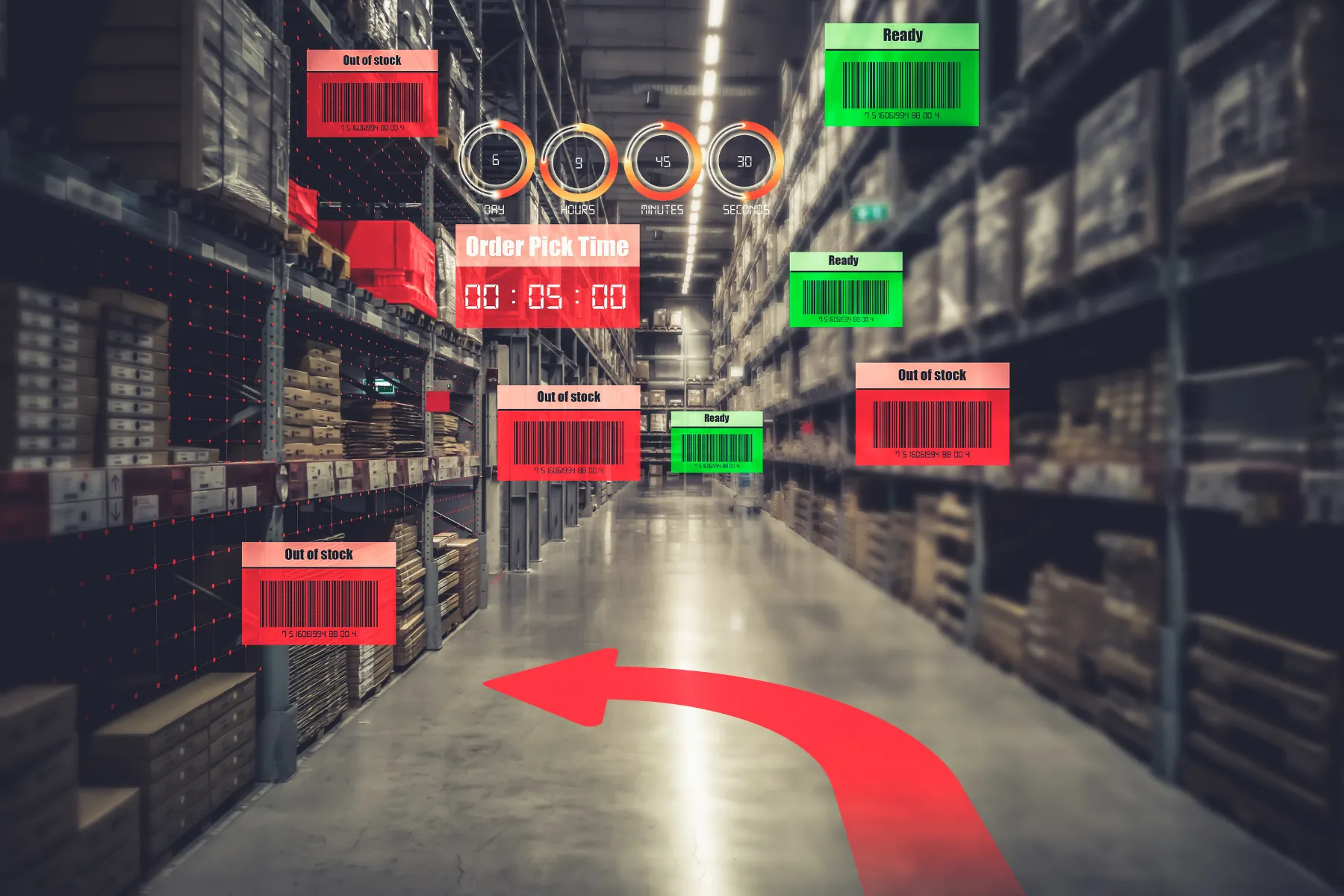
APIs today facilitate the integration of systems. In the case of order processing, visibility of inventory availability, supply chain, sales orders, and shipping processes are all possible on one OMS platform.
Tracking features are another advantage, with warehouse managers able to track supply chain activity and customers able to view their orders throughout the process.
Automation of repetitive tasks improves efficiency and reduces the need for human intervention, freeing staff up for other, more productive tasks.
Customizable OMS platforms will allow you to mold the system according to your existing processes for a more streamlined operation that suits your business model.
Real-time data integration with your ERP and CRM systems means visibility of transactions and statuses across your business, and transaction data is updated in the various customer, inventory, and financial tables.
An effective returns process facilitates stock returns, automated return authorization, back ordering features, financial refunds, and communications with logistics systems to facilitate collections and exchanges.
Analytical tools assist management with predictive modeling and identifying patterns and trends to forecast sales and inventory demands.
Automation of order processing
Besides e-commerce orders, where people log into a platform, place an order, and pay online, some enable customer portals where their regular customers can check stock levels and place their orders on the OMS system.
Popular order management systems for 2024
Here are some more prominent OMS solutions based on customer satisfaction polls. See the link below this section for alternatives.

- Brightpearl by Sage is a leading multi-channel retail system that enables the automation of manual tasks, streamlining of orders, inventory transactions, and financials. Seamless interfaces and integration with shipping carriers for order fulfillment.
- easySales is high on the popularity grid with its robust sales module that offers bulk order processing, centralized orders from multiple sources, and automated air waybill (AWB) documentation. Integration with billing and ERP software means real-time updates of financial and inventory information, and the ability to automate repetitive and manual tasks saves you time and resources. Integration with multiple couriers enables you to select the most appropriate courier to suit your business and location.
- GoFlow’s multichannel order processing solution offers flexibility and efficiency as it enables fulfillment of orders from multiple warehouses and allows automation of processes such as routing, order fulfillment, and shipping documentation. Batch processing enhances the customer experience, and integration with third-party logistics (3PL) functionality enables a choice of logistics providers.
- The Sana self-service B2B solution provides an outstanding customer experience with self-service ordering and a personalized dashboard for tracking orders, stock availability, and payment information. Fixed and real-time shipping options and integration with your ERP system and logistics providers create a comprehensive order management solution.
- Linnworks offers a comprehensive, multi-channel order management solution with automation of manual tasks, smart order processing, and inventory assignment functionality, including assigning preferred shipping carriers.
There are many more OMS solutions out there. Take your time and remember to check the integration facilities and whether they will work within your IT suite. Many solutions offer integration with specific shipping companies. Still, you may want to find a system that enables you to integrate with your logistics software solutions, giving you complete control over the delivery process.
OMS platforms for retail: a closer look
Wholesale businesses usually supply large and small retail businesses. Most of their customers have been partnering with them for a reasonable period and will have forged sound business relationships over time.
On the other hand, retail businesses deal mainly with individual customers, focusing on value for money and good service. Retail businesses that use a reasonably robust order management system can maintain an advantage over their competition, as they impress their customers with the visibility of orders and an efficient last-mile delivery service.
One of the challenges in any business is that of returns, and with the booming e-commerce industry today, returns make up a large part of daily transactions.
OMS systems for retail need to have the following functionality in terms of stock returns:
- Receive returned goods and record the return on the sales order.
- Initiate a backorder on the sale if no replacement stock is available.
- Book the stock back into the inventory system.
- Indicate whether the goods are damaged.
- Issue replacement stock or initiate a customer credit.
As can be seen from the list of popular OMS systems above, not all OMS systems are equal.
Most are similar in their offerings, as they interface with the various ERP and CRM systems and maintain core order processing, inventory management, and distribution functionality.
However, most OMS systems require outsourcing their business's logistics side or an interface with a third-party logistics (3PL) system.
Conversely, many logistics systems integrate with OMS, ERP, and CRM platforms, providing a fully integrated and functional business solution.
One such company is Track-POD, with its range of logistical solutions to suit many business models. Track-POD’s last-mile logistics software provides delivery scheduling and route optimization, order and vehicle tracking, and integration with your ERP and CRM platforms.
The system promotes the use of apps on the delivery driver’s mobile device, enabling them to maintain contact with dispatch personnel and with customers, and a dashboard facility enables both staff and customers to track their orders.
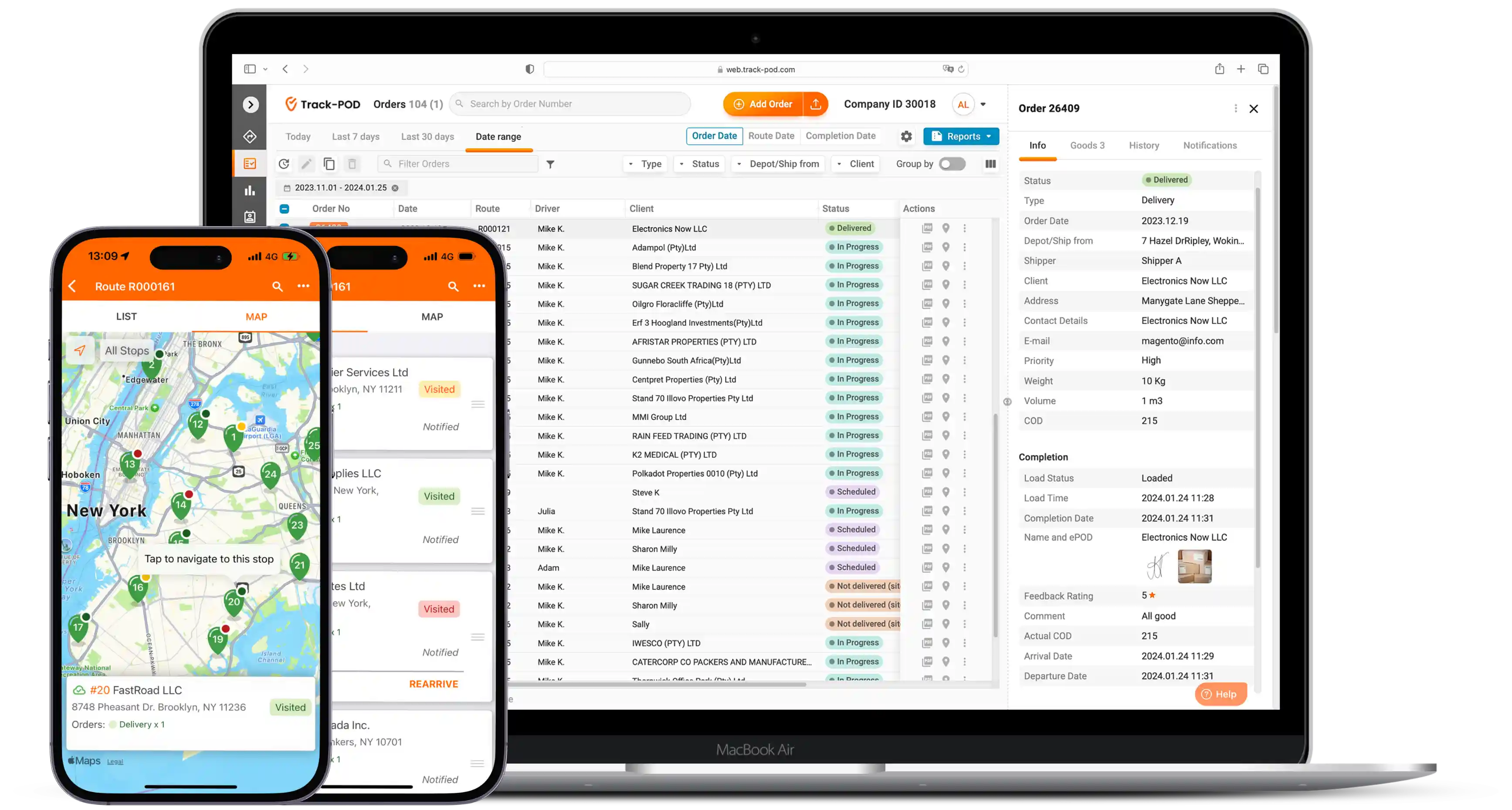
The Track-POD software solutions offer automation of the delivery process, electronic PODs (ePODs) and cater to customers who prefer a no-contact delivery method. They also support advanced data analytics and reporting functionality for effective forecasting and decision-making. You save costs and valuable time, and your customers receive their goods as scheduled.
The difference between OMS and inventory management
Order management systems provide a central point for processing sales orders originating from the business's various channels. The system facilitates ordering stock, placing sales orders, picking inventory, and fulfilling the order, driving visibility and customer satisfaction.
Order management systems give a complete view of the supply chain, from supplier information, stock levels, customer information, and order tracking to fulfillment.
Inventory management systems focus primarily on internal workings, such as keeping track of products in the warehouse, pricing structures, and product definitions, such as categories, weight, and serial or lot numbers.
Replenishment of inventory is generally done based on historical data and forecasting of potential sales in the future, taking any current sales backorders into account, and this is where integration with the OMS becomes necessary to access supply chain and historical sales data.
When a stock reaches a minimum quantity, the inventory management system generates a replenishment report or a firm purchase order. Management may choose to place the order with the supplier, as the system prescribes, or to increase or reduce the order quantity based on their knowledge of upcoming events that may affect sales.
Both systems integrate with the financial system in some way. In the case of the OMS platform, integration of customer transactions such as invoices, payments, and credits are recorded against the customer’s records in the financial system.
The inventory system will integrate financial transactions in terms of stock issues, receipts, and supplier transactions.
The advantages of running both OMS and inventory systems
As can be seen, both inventory and order management systems have overlapping features. They provide visibility into stock levels and sales transactions, although perhaps from different perspectives. Both systems facilitate logistics and order fulfillment.
Because there are controls built into both systems, there is less risk of overselling or underselling, and both systems provide statistics for forecasting and replenishment purposes.
The existence of both systems in your software deployment gives you more visibility and tools to determine efficiency levels and make informed decisions. You can build in more checks and features to streamline your business.
Choosing the suitable OMS for your business
When it comes down to selecting an order management system that suits your business, make a checklist of all the features essential to optimizing your operations, as well as the apparent time-savers and nice-to-have features.
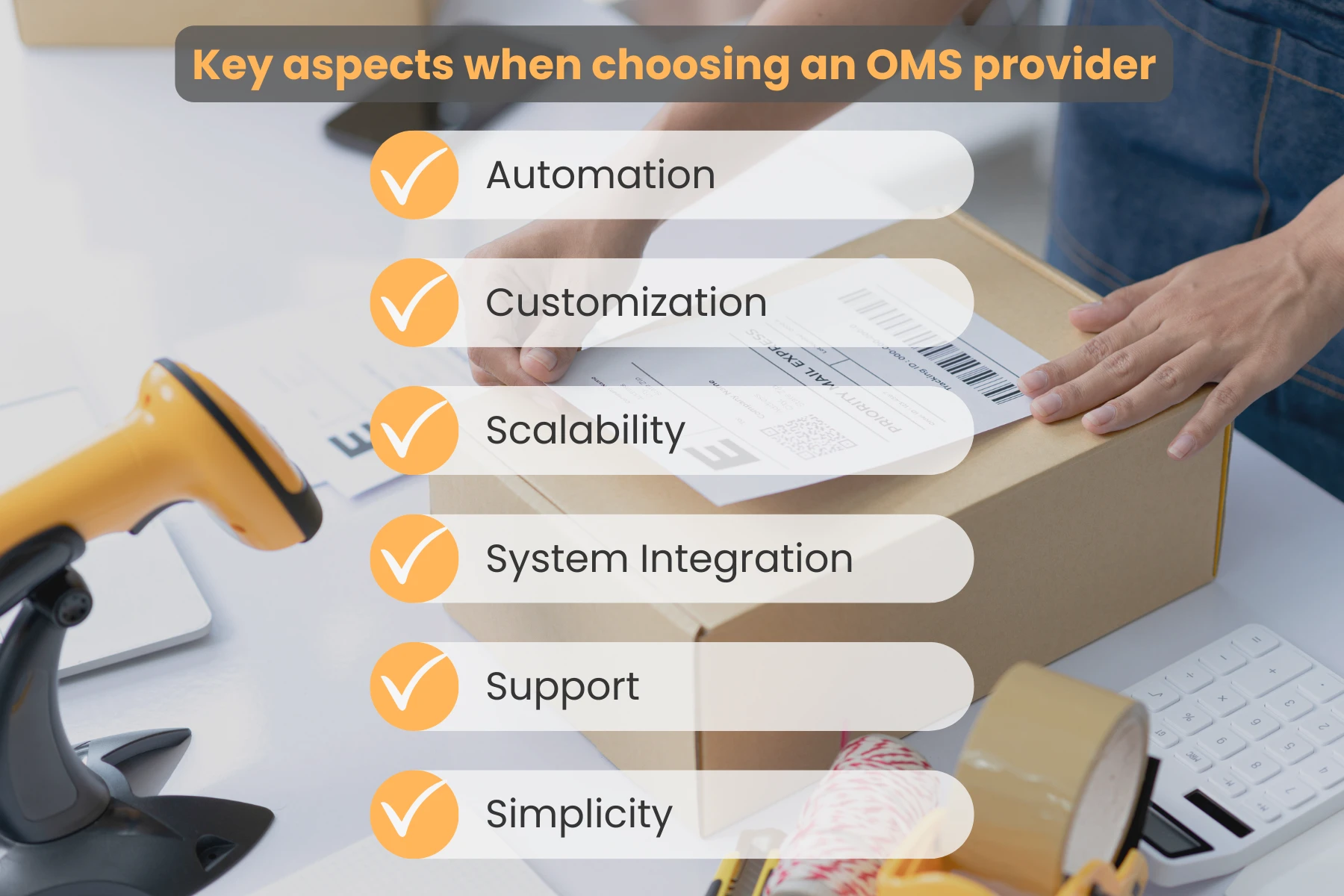
Then, aside from the essentials, give some thought to the following points:
Automation
Many systems offer automation of repetitive processes to save time. Find out more about these features and ensure they will work in your environment.
Customization
Wholesale and retail business, in particular, can be very complex, with large-scale discounts, supplier rebates on volumes of stock sold, and returns of redundant stock.
If these scenarios apply to your business, find out how they will be handled in your proposed system and whether customizations are possible, as there will inevitably be challenges that need addressing within the system.
A system that allows customization will always be able to handle changes in your business model or future and unforeseen developments in the dynamic environments of sales, purchasing, and inventory. After all, who would have thought 15 years ago that multiple sales channels would become a main priority in OMS software?
Scalability
Whether or not you are planning to expand your horizons in today’s fast-moving wholesale and retail industry, you will likely need to expand someday, whether in terms of products, locations, suppliers, or customers. Make sure your chosen system can accommodate the growth of your business within the system.
System Integration
System integrations happen with the use of application programming interfaces (APIs) that pass data between two separate platforms or systems.
Apart from Salesorder.com, mentioned above, most other OMS systems integrate with an accounting or ERP system, and most OMS systems give the option of integration with a standalone logistics system that handles the physical deliveries and provides feedback in the form of order tracking and proof of delivery information.
Familiarise yourself with what your chosen OMS system does for you and how it integrates with other platforms, such as CRM and ERP. This is important, as you don’t want to go to the extra expense of modifying existing software.
Support
Ensure that the support offered by the supplying company is adequate. The first prize is a 24-hour hotline, but at least a helpful voice at the other end of the phone during office hours will do. The nature of your business is such that an immediate answer is often necessary to solve a problem, so ensure that a reasonable level of support is available.
Find out about system implementation and what assistance you can expect from their experts.
Simplicity
Simplicity means reducing human error, frustration, and fatigue, and a user-friendly and simple system is more likely to improve productivity levels. It also helps if you don’t have to spend time and money on staff training each time you take someone new on board. To check this, arrange for a thorough demonstration of the system before making your final decision.
Getting ahead in 2024
Investing in an order management system that gives full visibility of your supply chain and inventory transactions will improve customer satisfaction, boost sales, and help you make better management decisions.
Also, we cannot stress enough the importance of that last mile in the supply chain, where you are exposed to the most significant risk in ordering and supplying products. Effective management of your vehicles and deliveries is an essential part of ensuring that the fulfillment process runs smoothly, with innovative delivery methods and communications that catalyze your customers' happiness.
We’re already well on our way through 2024, and the business of selling goods online and in stores is booming worldwide. Make sure you are somewhere in that mix, leveraging your cutting-edge technology to gain traction in the market.
About The Author
Jennifer Collins
A seasoned content writer with a passion for unraveling the intricate world of logistics through words.

